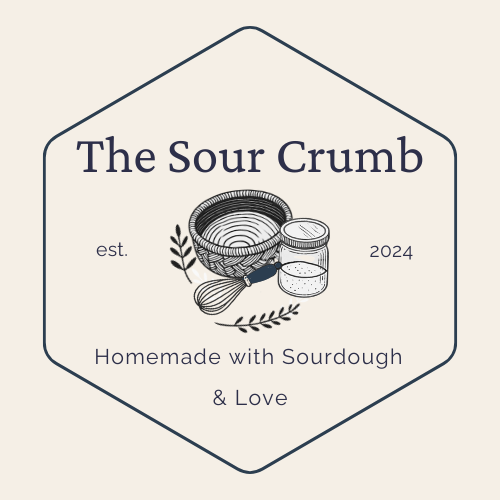What Is Sourdough, Really?
Sourdough is more than just a type of bread; it's a testament to the art of fermentation and the beauty of natural leavening. At its core, sourdough is made from a simple mixture of flour and water, known as a "starter." This starter captures wild yeast and beneficial bacteria from the environment, eliminating the need for commercial yeast. The result is a loaf with a distinctive tangy flavor, a chewy texture, and a crisp crust.
The magic of sourdough lies in its fermentation process. As the wild yeast and bacteria consume the sugars in the flour, they produce gases that cause the dough to rise and organic acids that give sourdough its characteristic tang. This method has been used for centuries, making sourdough one of the oldest forms of leavened bread. The slow fermentation not only enhances the flavor but also improves the bread's digestibility and shelf life.
While this overview provides a glimpse into the world of sourdough, there's so much more to explore. In our upcoming courses, we'll delve deeper into the science and techniques behind sourdough baking, guiding you through the process of creating your own starter and mastering the art of natural fermentation.
Until next time—may your loaves rise high and your crumbs be sweet. See you back here soon.
